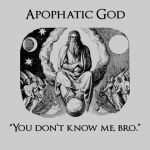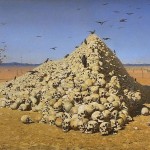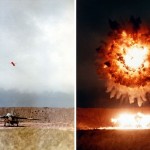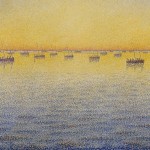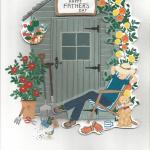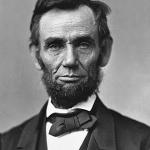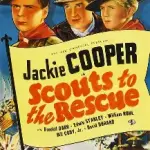DG: Man, what a great question… Well, as I argue in Good War, the photos and the abuse they depict were chalked up to just a few “bad apples,” instead of the result of any official strategy or systemic approach to interrogation. And so the sins of many are laid on the shoulders of Charles Graner and a few other MPs, who were given orders to “rough up” and, in general, “set conditions” for interrogations. Then, once Graner and others were court-martialed the contagion or threat was neutralized. Rene Girard on scapegoating is really useful here.
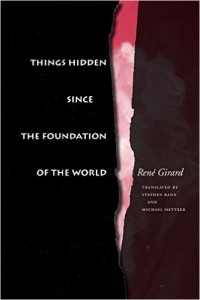
This scapegoating is even more troubling when seen in light of the recent Senate report on the CIA’s methods of interrogation. The findings seems to corroborate what the MPs at Abu Ghraib told investigators. So why is no one connecting the dots?
We have to remember that the larger narrative surrounding the Abu Ghraib scandal, was that the photos were taken for personal use, so to speak. They were souvenirs of war, which is not such an unusual thing. Soldiers have always collected souvenirs to commemorate or prove their involvement. But because the photos taken were digital, and were shared in a digital format, they were easily shared with others. Thanks to a friend of Graner, who had a twinge of conscience, something private became public. Donald Rumsfeld actually said, “Those photos never should have gotten out.” And as a result of them “getting out” there were revenge attacks on American troops; in fact, some months later, there was a debate as to whether additional photos should be released and the Pentagon urged the media not to release them because it endangers American troops.
With Charlie Hebdo, the images were intended for public consumption and provocation, and were intended as a critique of what has become popularly known in the West as radical Islamist belief. The cartoons are protected as acts of free speech, and thus the violence in response to the publication of the cartoons is seen as further proof of radical Islam’s disordered nature; its anti-modern, anti-liberal and militant essence. As a result, the attack on the Charlie Hebdo office is seen as targeting the foundation of liberal democracy.
What I’m getting at is that no one is mentioning Abu Ghraib or any of the dozens of other cruel and criminal acts against Muslims because though they might be violations of International Law, by virtue of 9/11 and thus America’s status as victim, the acts can either seen either as anomalous acts by members of an otherwise just and right-intentioned state, or they can be seen as the kind of gray-area, limit-cases that are, sadly, part of the new normal. This is the Bush (and now Obama) legal doctrine: because the War on Terror is unlike any previous war, the US is forced into situations that call for any means necessary.
In short, Abu Ghraib and other unlawful and immoral conduct by Americans, is seen as unfortunate instances of collateral damage.
AR: How is the War on Terror unlike any previous war? It seems like you are implying something on a qualitative plane. Either way, does its unique status have anything to do with the representation of violence?

